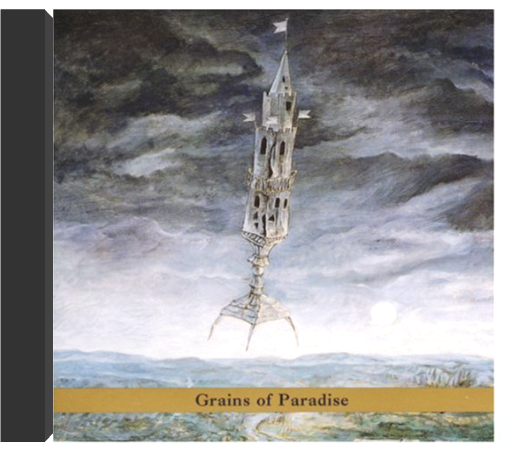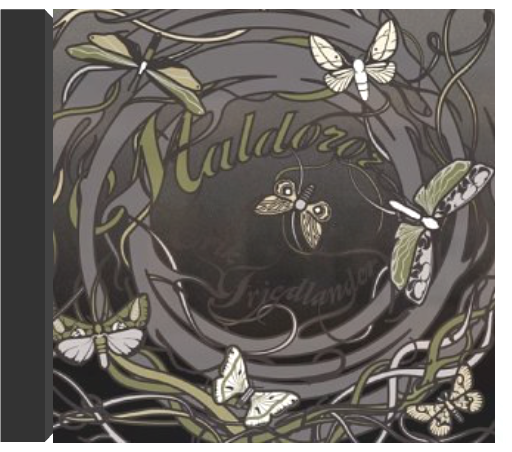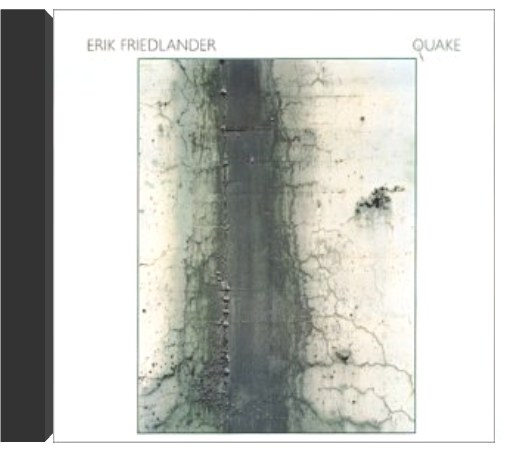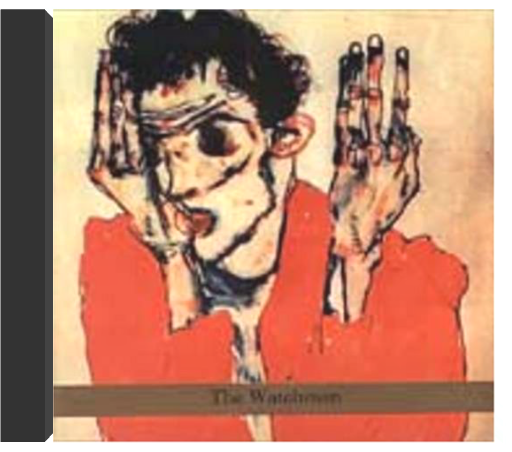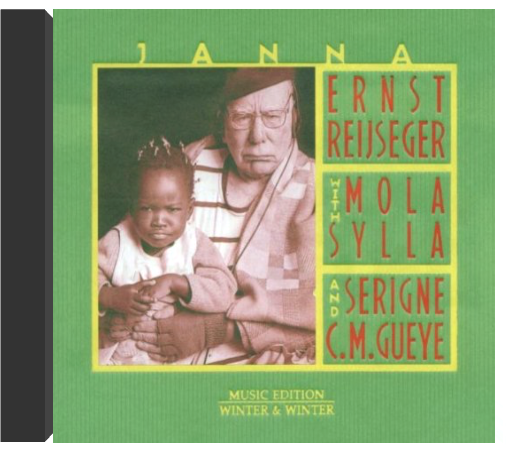 SkinErik Friedlander SkinErik Friedlander Erik Friedlander, who continues his exploration of jazz textures and contemporary, classical improvised and notated music on Skin, is pushing the creative envelope on cello. There have been jazz precedents on his instrument, notably Oscar Pettiford and Ron Carter—both better known as bassists. Friedlander is both colorist and soloist, working here with a core ensemble of alto saxophonist Andy Laster (who takes the lion's share of the CD's solos), bass guitarist Stomu Takeishi, and percussionist Satoshi Takeishi. Friedlander's work can be quite percussive, as on the title track, and he engages the Atlas Cello Quartet to haunting effect on his "Skin 1." His original compositions are leavened throughout Skin with selections from disparate sources, including one each from Charles Mingus, Julius Hemphill, Santana, and Henry Mancini. The results are often edgy, challenging, and ultimately rewarding. —Willard Jenkins 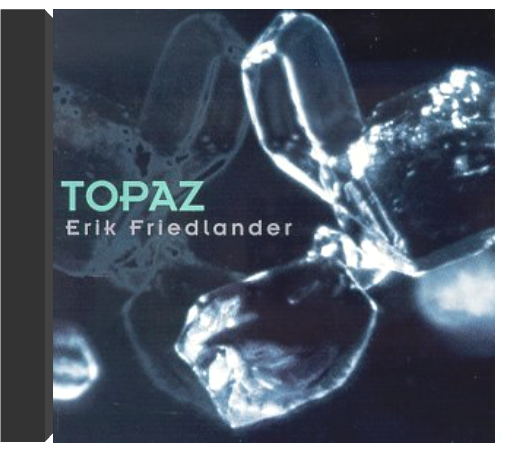 TopazErik Friedlander TopazErik Friedlander Cellist Erik Friedlander has covered multiple geographies in his career, scoring creatively with his more klezmer-colored explorations. The quartet he leads here, however, is altogether different, creating a rubbery chamber music feel through the electric bass of Stomu Takeishi and the percussion of Satoshi Takeishi, which leans away from traditional kit drumming and toward the finer punctuations of hand-hit drums. Adding the polished alto sax of Andy Laster, the group tacks cleanly with pointed rhythmic lines, a mostly bowed cello that sings across the top, and the sax entwined in the stringy, woodsy tonal spread. Never one to abandon the jazz repertoire, Friedlander selects a trio of jazz curve balls near the end of Topaz, beginning with Miles Davis's mid-1960s adventure piece, "Tout de Suite" (which held clues to the trumpeter's oncoming submersion in electric avant jazz-funk), and continuing with a thrilling, bass-busy take on Eric Dolphy's "Hat and Beard" (a paean to Thelonious Monk) and then a delicate reading of Dolphy's loveliest tune, "Something Sweet, Something Tender." The mix of a deeply woodsy cello and the other well-drawn tone colors and textures here is wonderful. —Andrew Bartlett 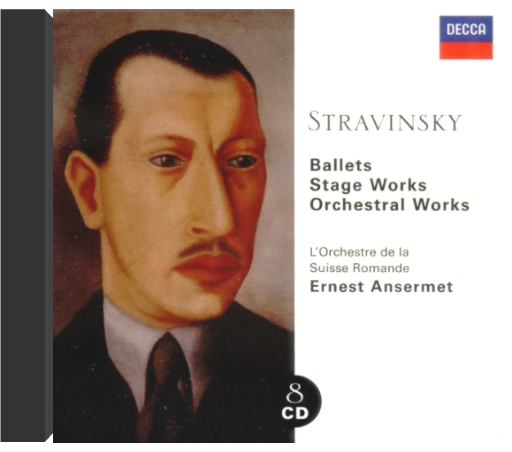 Stravinsky: Ballets; Stage Works; Orchestral Works [Box Set]Ernest Ansermet, L'Orchestre de la Suisse Romande Stravinsky: Ballets; Stage Works; Orchestral Works [Box Set]Ernest Ansermet, L'Orchestre de la Suisse Romande 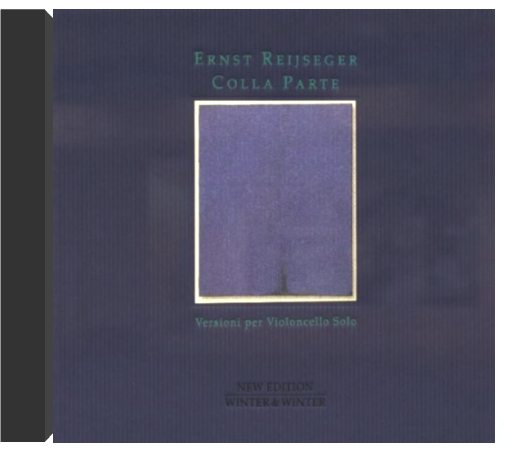 Colla ParteErnst Reijseger Colla ParteErnst Reijseger Dutch cellist Reijseger (Clusone 3, Gerry Hemingway) is a virtuoso of complex timing and homemade techniques: plucking above and below the bridge, in two rhythms at once; bowing a melody and sketching its chords while quietly plucking a bass line; harmonizing bowed harmonics with high colorless whistling; strumming not-quite-guitary chords.... He does all that and more on these excellently recorded solos, if you can call such balancing acts solos. (Colla parte means "with loose accompaniment.") On this program of focused improvisations and tunes by Abdullah Ibrahim and Misha Mengelberg, Reijseger also plays cello like a cello, letting melodies sing, and making quiet allusions to the instrument's past. He may shift from a rich, sonorous tone to knife-edge nasality on one pass of the bow, but he never defeats his own musicality. Listen and know why Yo-Yo Ma is a booster (and occasional collaborator). Definitive Reijseger, and a perfect gift for any unsuspecting cellist. —Kevin Whitehead 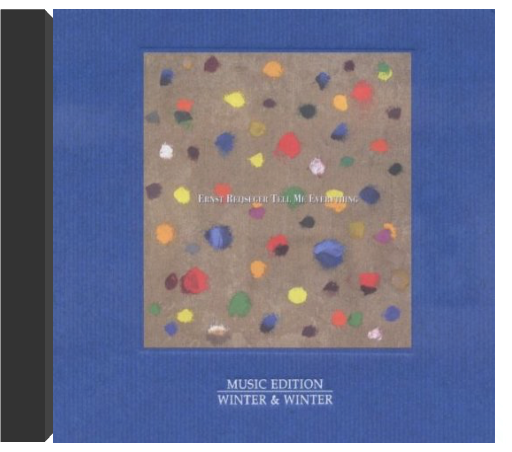 Ernst Reijseger: Tell Me EverythingErnst Reijseger Ernst Reijseger: Tell Me EverythingErnst Reijseger In April 2008 Ernst Reijseger recorded his second solo album for Winter & Winter in a former church with outstanding acoustics. After recording the soundtracks for Werner Herzog's films Requiem For A Dying Planet and Do You Still, the Dutch cellist now returns to the quintessential, pure sounds of his instrument. 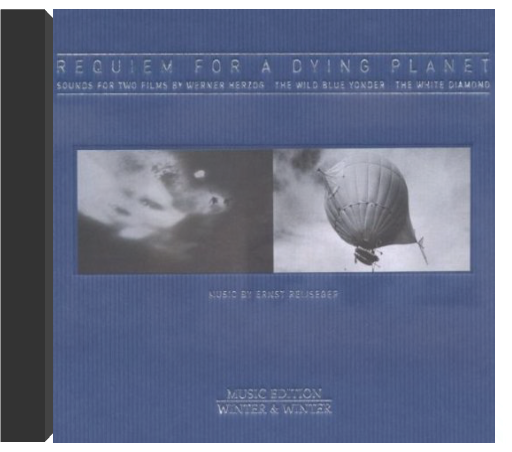 Requiem for a Dying PlanetErnst Reijseger Requiem for a Dying PlanetErnst Reijseger "An extraordinary haunting score ... [this] soundtrack is destined for greater things." - HOLLYWOOD REPORTER |
 Made with Delicious Library
Made with Delicious Library
